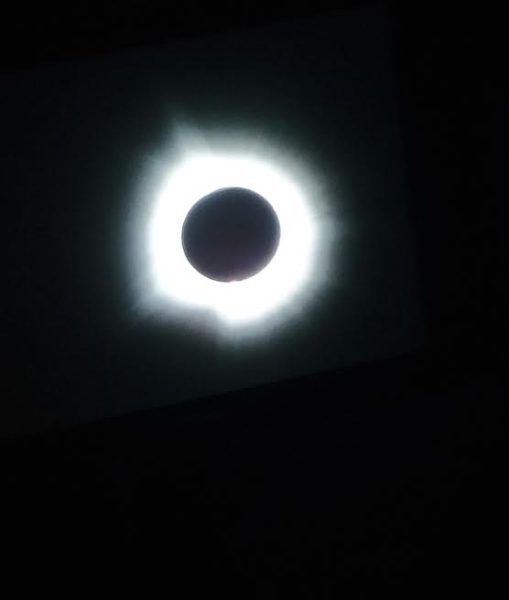In a world far far away…
Last week, scientists at the University of New South Wales (UNSW) in Australia announced that they have found the nearest habitable planet to Earth. This planet, among two others revolve around the red dwarf star known as Wolf 1061, which is fourteen light years away. These three planets are labeled as Wolf 1061a, Wolf 1061b, and Wolf 1061c. Wolf 1061c is the only one that they have determined is in the “Goldilocks Zone”. This means that it has the right distance from the sun in which liquid water can exist. It is four times the size of Earth and is possibly has an Earth-like atmosphere.
Compared to other Earth-like planet findings in the past, this one seems to be the most hopeful one yet. “The close proximity of the planets around Wolf 1061 means there is a good chance these planets may pass across the face of the star,” UNSW team member Rob Wittenmyer said in an earlier statement. If scientists are able to rule out whether or not the dwarf sun’s rays hit this planet’s surface, then they will start studying its atmosphere and predict whether life would be able to thrive there.
After further research is conducted, it will be determined whether or not this likely human inhabitable planet is capable of sustaining life. The gravity is almost two times that of Earth’s and its axis is likely to be very slow, if it moves at all. With these factors that would mean that one side of the planet would always be cold, while the other would always be hot; however, there may be a place between these two sides that would have a more habitable climate for earthlings.

Hi! My name is Autumn Hoff. I am a senior, here at AHS. This will be my third, and final year writing for the SPUD. I am the Co-Editor-in-Chief with Safyre...







